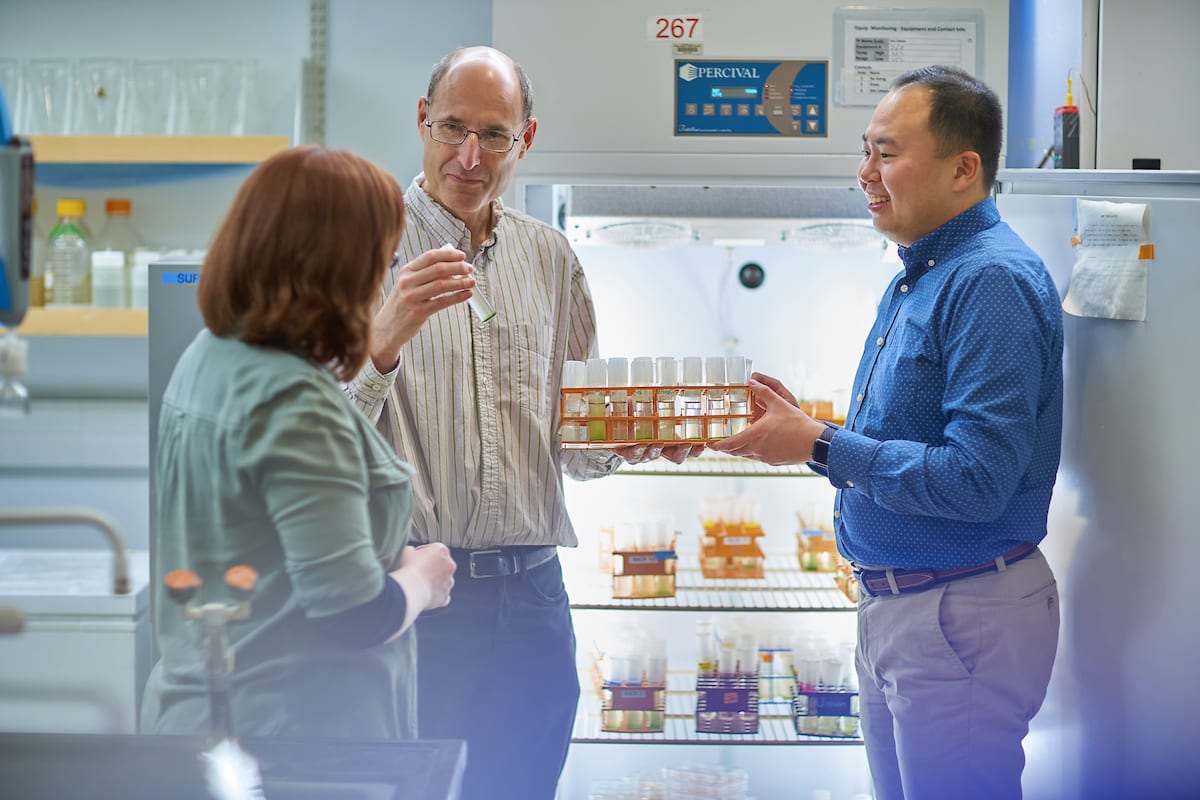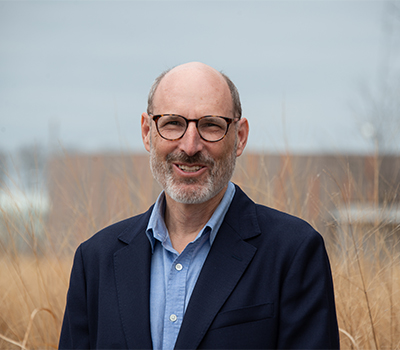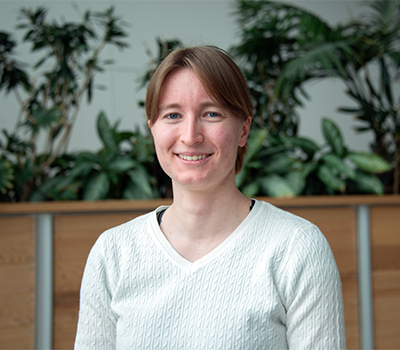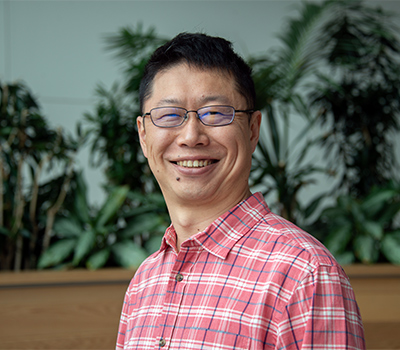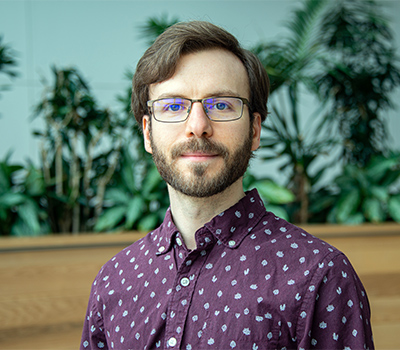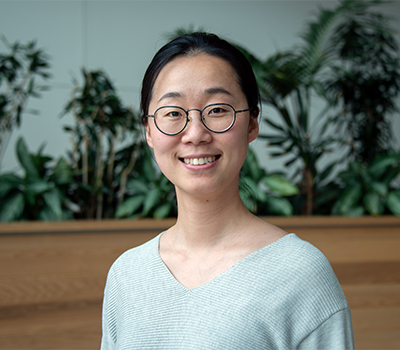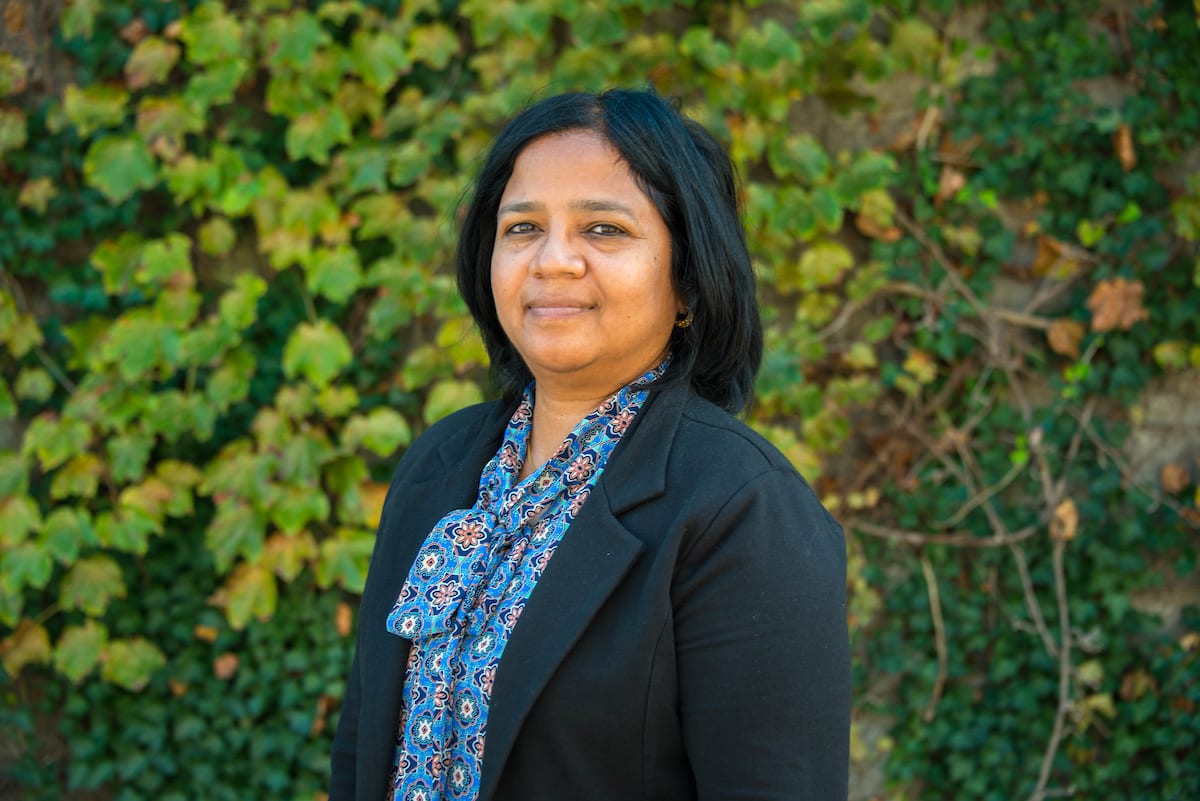An Early Interest in Science
Growing up in suburban Twin Cities, Jim Umen had an early interest in the natural world.
“I remember visiting the beach when I was 7 or 8 and loved exploring tidepools. Each one was a different little world populated with animals and seaweeds.”
During a short internship program in high school, he worked in a microbiology lab and cemented his interest in in biology. As an undergraduate, he became interested in cancer research, but in graduate school some mentors steered him toward microbial genetics and he found his calling. As a postdoc at Washington University, he became fascinated by a single-celled species of algae (Chlamydomonas) that has become a model species for understanding the biology of green algae.
Today, Jim Umen, PhD, is the Joseph Varner Distinguished Investigator at the Danforth Center and a member of the Enterprise Rent-a-Car Institute for Renewable Fuels.
Why Algae?
An alga (plural algae) is defined in the dictionary as “a simple, nonflowering, and typically aquatic plant of a large group that includes the seaweeds and many single-celled forms.”
Jim laughs.
“That’s mostly right, but technically speaking, plants evolved from algae, not the other way around.” Unlike land plants which form a single related group of organisms, algal diversity encompasses multiple independent branches across the tree of life, with green algae (the closest algal relatives of land plants) being just one of these branches. Research on different groups of algae has helped to illuminate some of the most fundamental evolutionary processes that contribute to biodiversity and shape life on Earth.
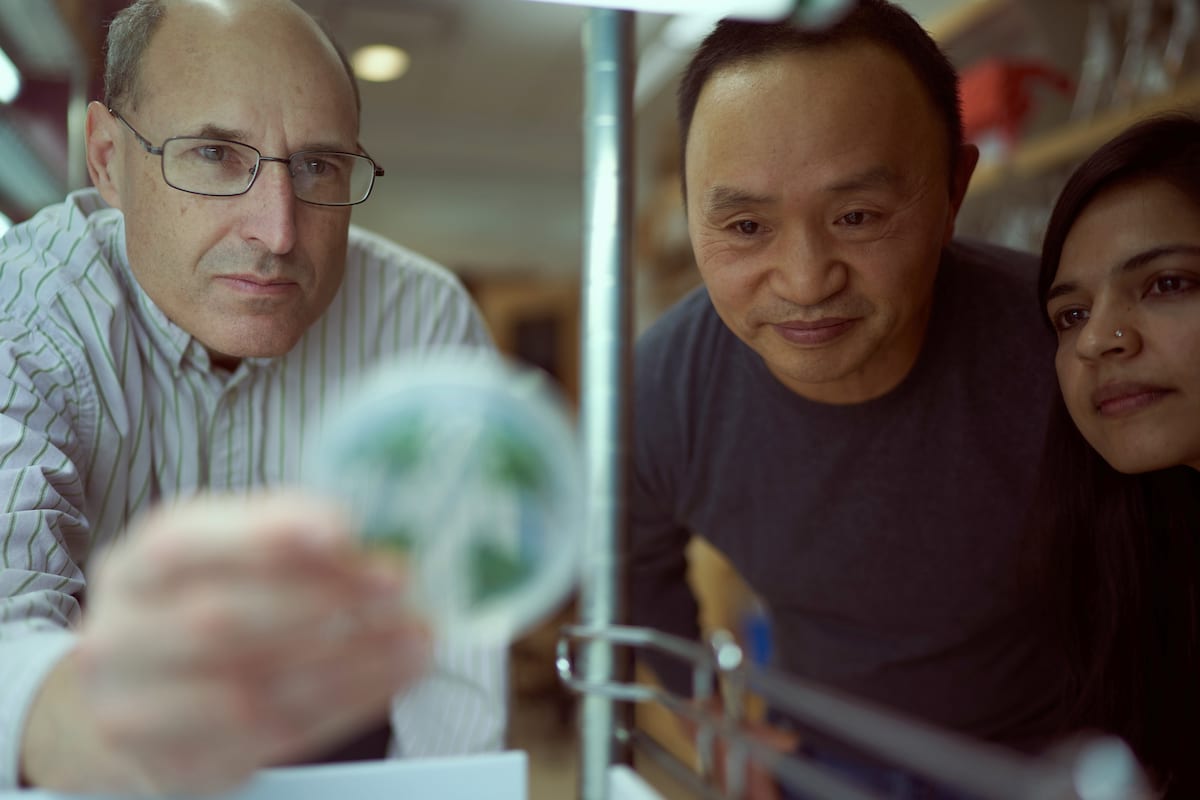
Sex and the Single Cell
Jim’s team is interested in fundamental scientific questions, such as the origins of separate male and female sexes. Plants, animals, some algae, and several other groups of organisms had single-celled ancestors which could mate and undergo genetic exchange (sex); but the mating partners were almost indistinguishable from one another. There was sex, but there were no sexes. Jim’s research on algae is helping to decipher the evolutionary transition from single cells with mating types to multicellular species with sexes in greater detail than is possible in any other group of organisms.
Another area of work in the Umen laboratory explores how cells make decisions about when to divide. Cells know exactly how big they should be, and when they grow to the appropriate size they undergo division. Some of the cellular switching mechanisms for turning division on and off are shared between algae and more complex organisms like plants and animals, adding biomedical relevance to the research.
The questions explored in the green algae studied by Umen’s lab shed light on breeding improved strains of algae, much the same way crop breeders improve plants. These improvements could contribute to commercial algal biofuels and other high-value bioproducts produced from algae.
